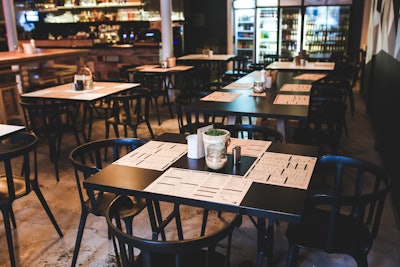
March is supposed to come in like a lion and leave like a lamb, but with 97% of U.S. restaurants impacted by mandated dine-in closures by mid-March, the month left like an angry lion for America's foodservice industry. Restaurant traffic declined by 22% in the month compared to same month year ago, but a testament to the U.S. consumers' want for someone other than themselves to make their meals, digital restaurant orders increased by 63% and delivery by 67% in March, reports The NPD Group.
Visits to quick service restaurants (QSR), many of which already had off-premise operations, like carry-out and drive-thru, in place prior to the dine-in closures, decreased by 19%. QSRs represented the majority of the digital and delivery order gains. Drive-thru QSR visits declined by 3% but family or larger party size visits drove dollars up by 2% and average eater check increased by 5%, according to NPD's CREST, which tracks daily restaurant usage across the U.S.
Full service restaurants (FSR), which were already challenged prior to the pandemic, realized traffic declines of 35% in the month of March compared to year ago March. On-premise traffic share prior to the pandemic represented 80% of the FSR business and off-premise 20%. FSRs able to offer carry-out and delivery were able to lift the segment's off-premise traffic share by 31%. The FSR average check size increased by 15% in the month.
"Our March results only show a portion of the significant impact the COVID-19 pandemic has had on the U.S. restaurant industry," says David Portalatin, NPD food industry advisor and author of Eating Patterns in America. "Although it's fact that a larger portion of food and beverage consumption has shifted to in-home, it's clear that consumers are not willing to give up on the convenience and experience a restaurant meal brings to them and their families regardless of the barriers."












